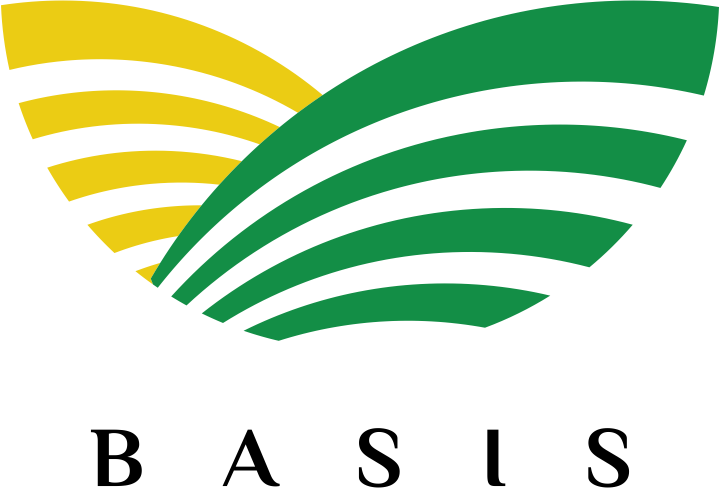Social protection programs are designed to help vulnerable populations—including pastoralists—maintain a basic level of wellbeing, manage risk, and cope with negative shocks. Theory suggests that differential targeting according to poverty status can increase the reach and effectiveness of budgeted social protection programs. Chronically poor households benefit most from social protection designed to help them meet their basic needs and make critical investments necessary to graduate from poverty. Vulnerable non-‐destitute households benefit from protection against costly temporary shocks, but do not necessarily need regular assistance. Welfare gains arise when a comprehensive social protection program considers the needs of both types of households.
The research team uses evidence-based understanding of poverty dynamics in the pastoralist-based economy of northern Kenya’s arid and semi arid lands as a case study to discuss and compare the observed impacts of two different social protection schemes on heterogeneous pastoralist households: 1) a targeted unconditional cash transfer program designed to support the poorest and 2) an index-based livestock insurance program serving as a productive safety-net to help stem a descent into poverty and increase resilience. Both types of social protection schemes have been shown to decrease poverty, improve food security and protect child health. However, the behavioral response for asset accumulation varies with the type of protection and the household’s unique situation.
